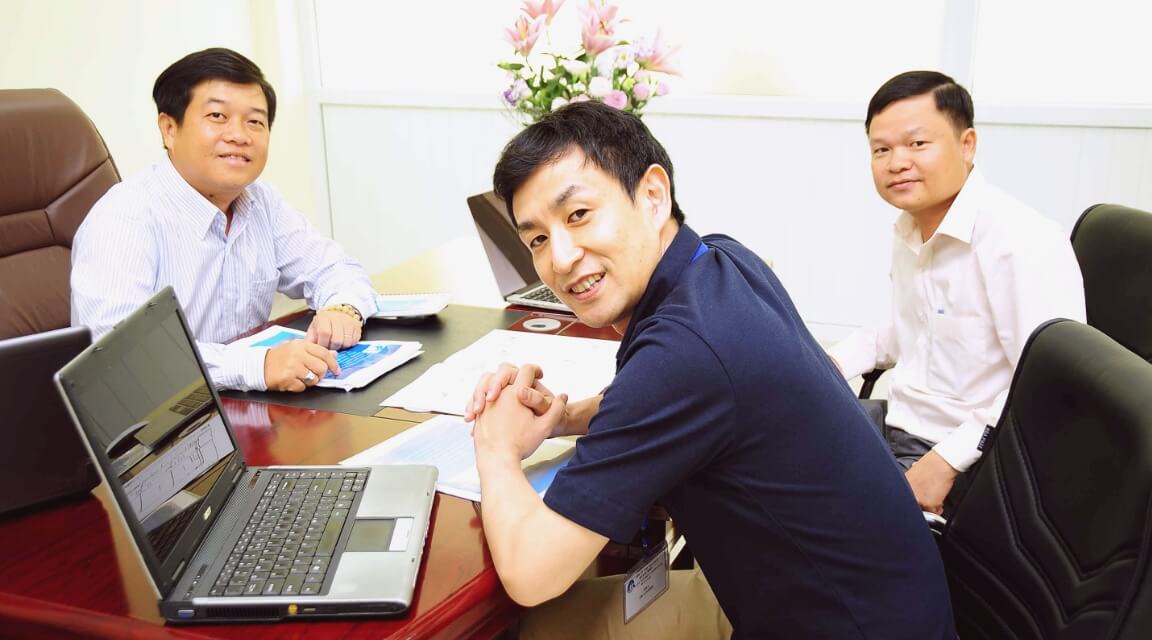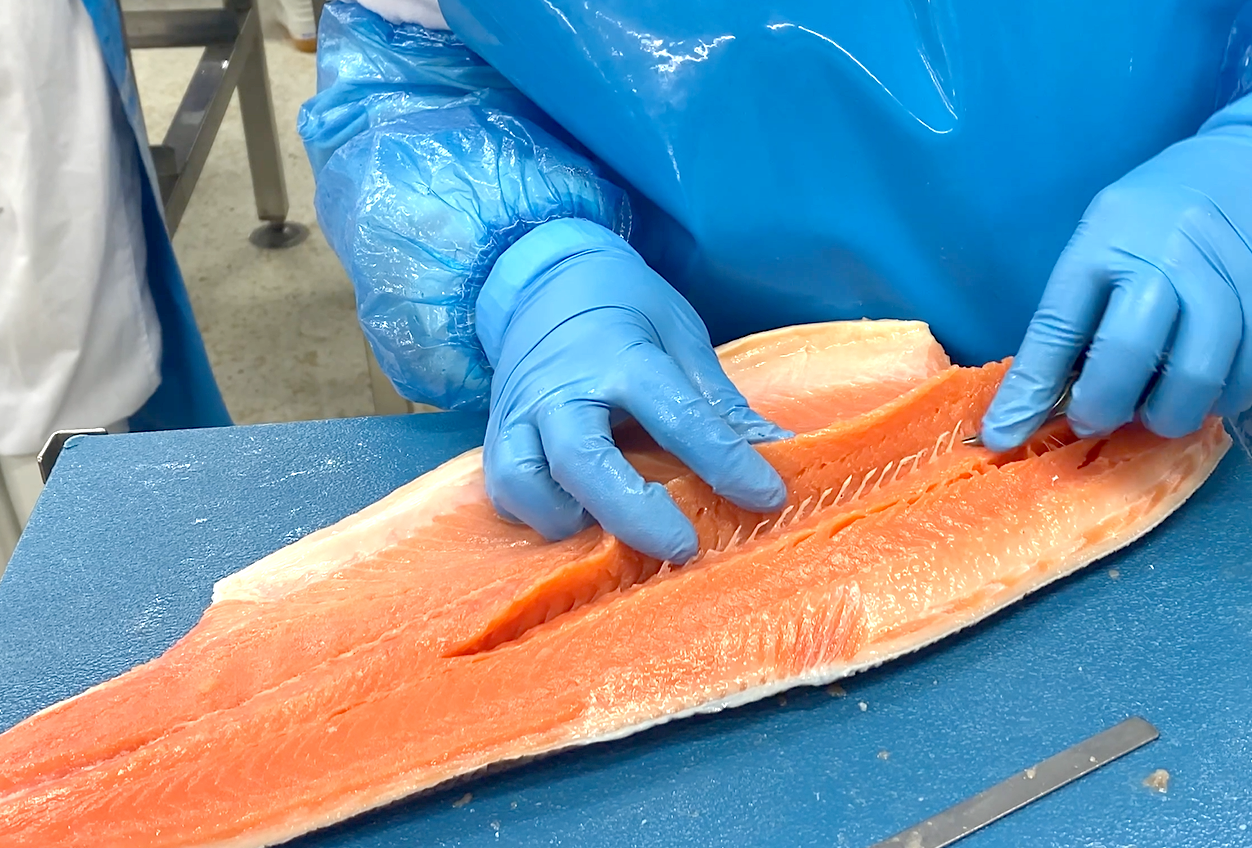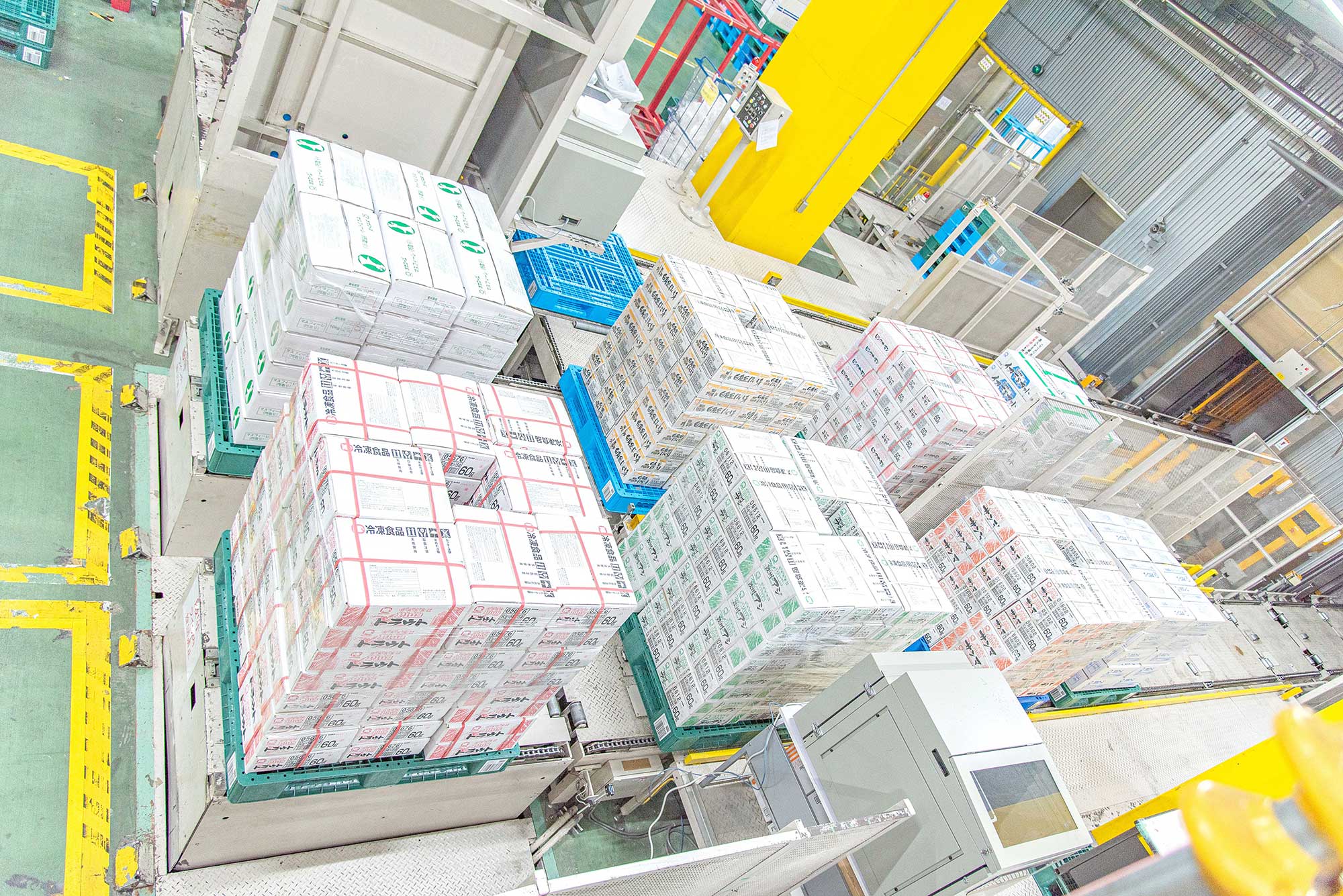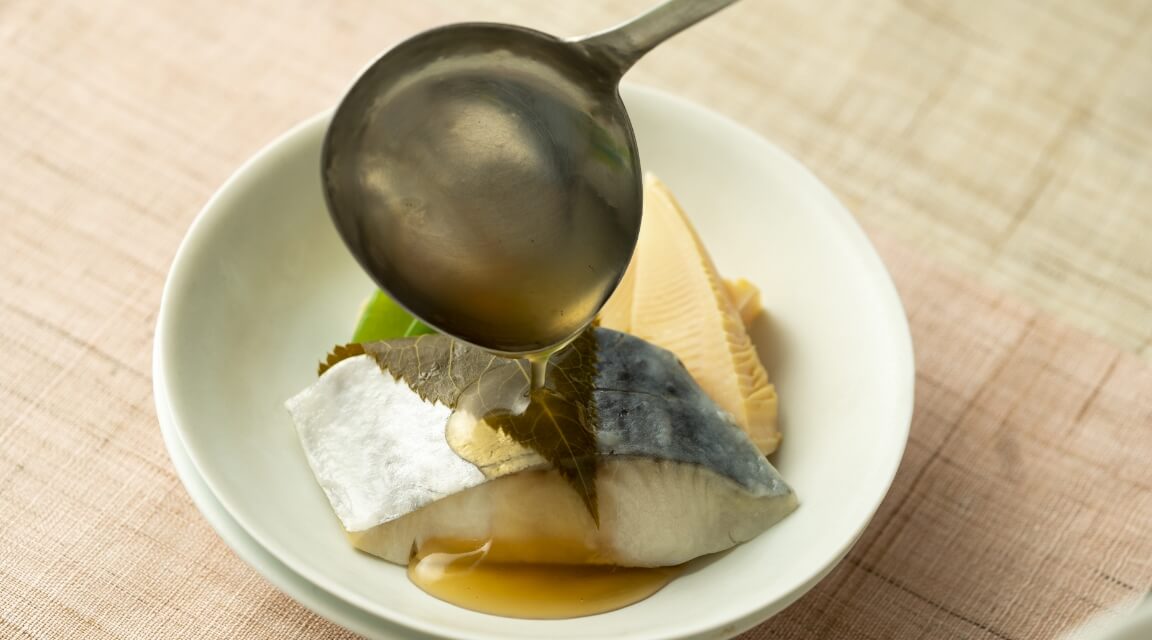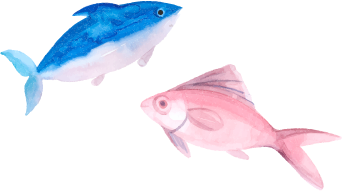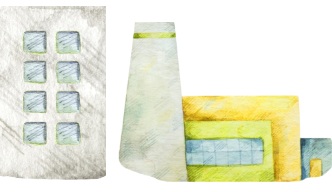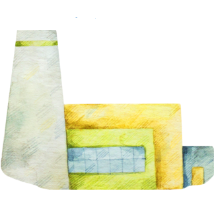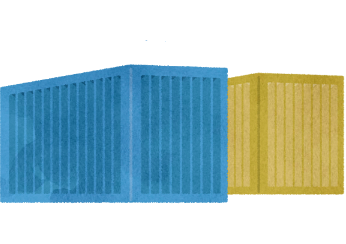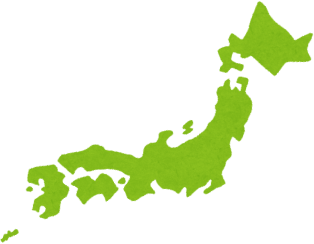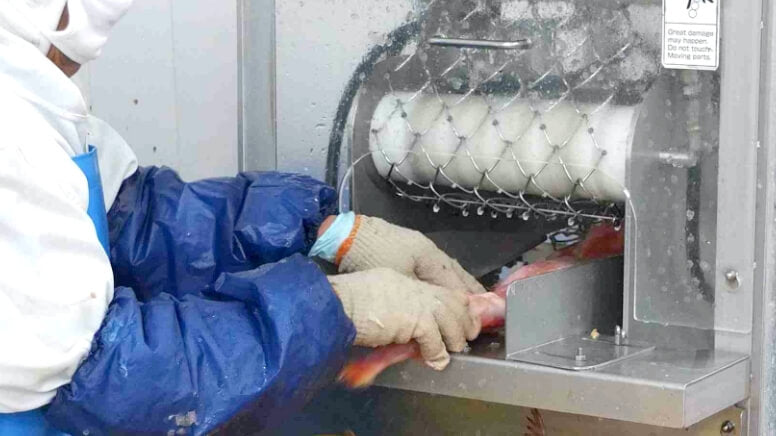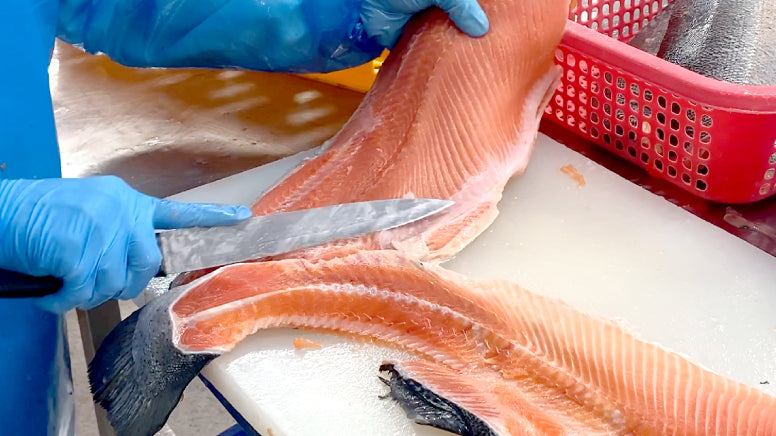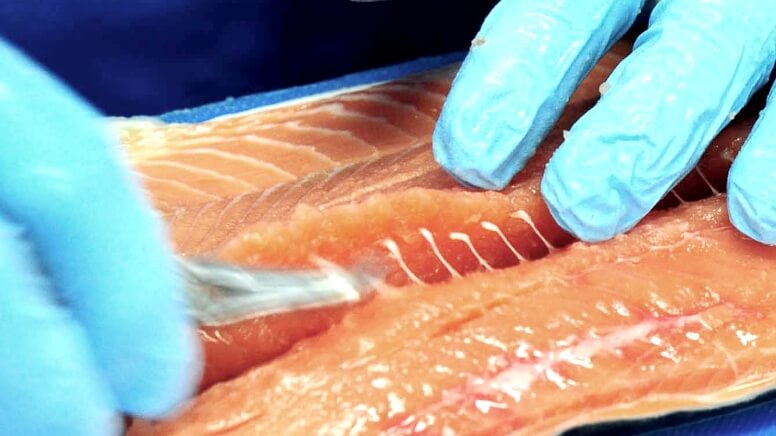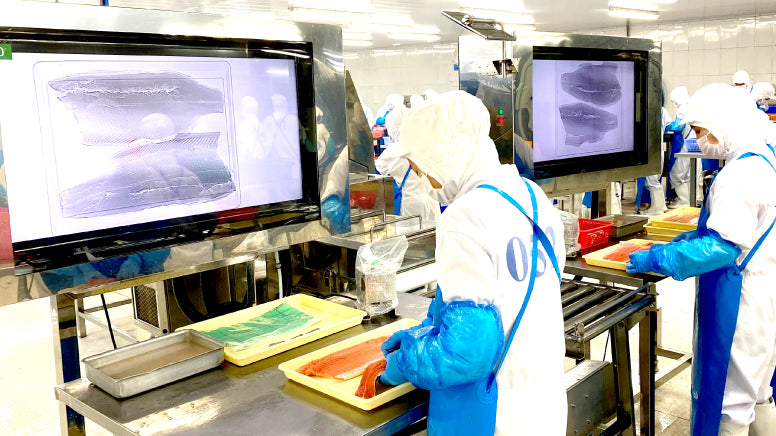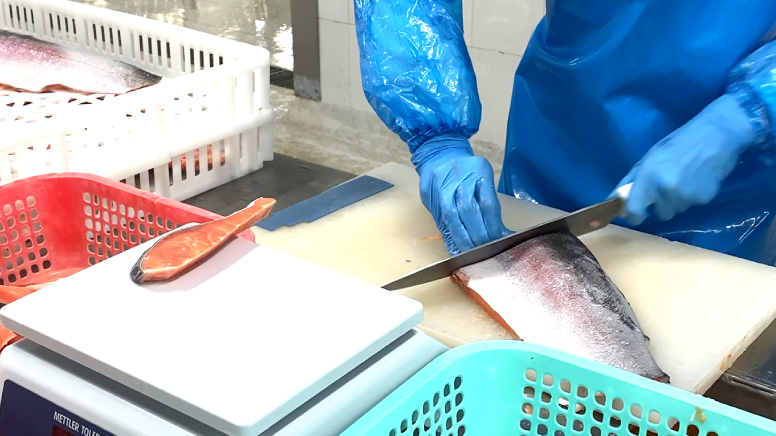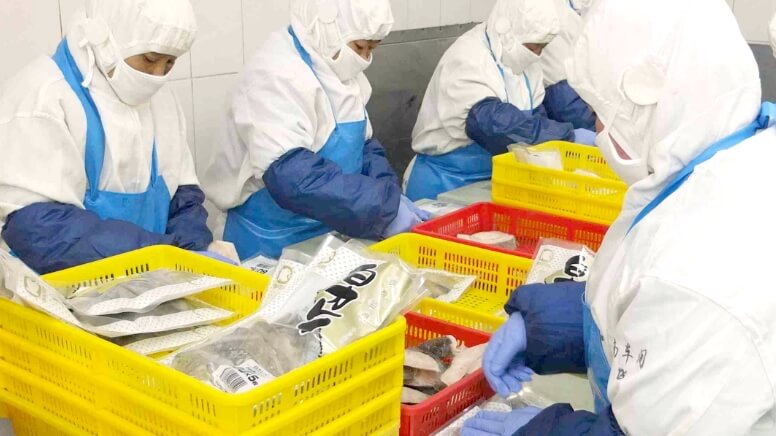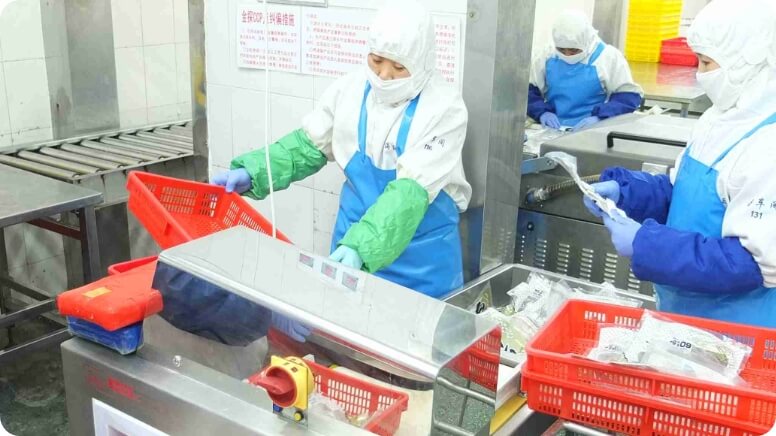Okafoods Quality Policy
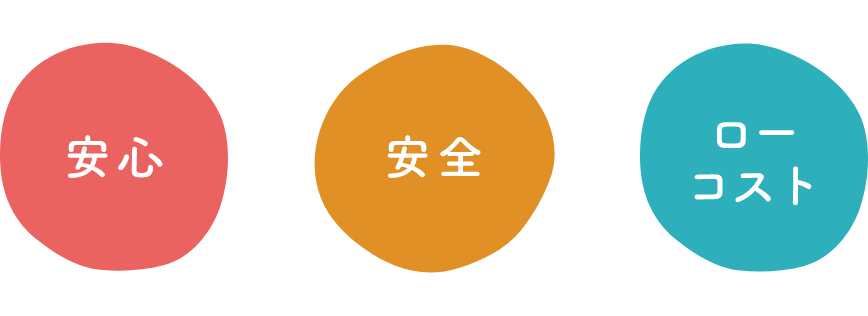
We provide a stable supply of consistent products to our customers, from raw materials to final use, in a safe, secure and low-cost manner.
Okafoods' Safety and Security Initiatives
Okafoods is a fabless manufacturer (without its own factories), but has been committed to safety and security since its founding in 1975. Since the early 1970s, the company has been instructing its contracted seafood processing factories, mainly in the Sanriku region, on hygiene management, requiring employees to wear white coats, masks, and hats, and to undergo inspections before entering the factories, which was unusual at the time.
We have welcomed engineer Masao Nakayama as an advisor, and are focusing on hygiene management education at our major factories both in Japan and overseas, by providing practical guidance on hygiene management and holding study sessions for all workers.In addition, with the increase in overseas production these days, we are also conducting "Training in Japan" to help factory workers understand "why it is necessary to remove bones from fish and what problems can occur if bones remain."
→Click here to see our partner factories
Management system from purchasing raw materials to commercialization
-
01.Raw material management
When procuring raw materials, Okafoods' experienced purchasing staff, or "fish professionals" on request, inspect the products directly on-site before purchasing. We only purchase raw materials that can be issued with a certificate of origin, so all of our products are traceable.
-
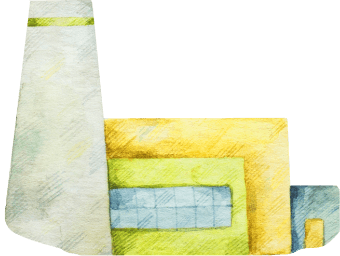
02.factory management
1.
Our staff and external experts always visit factories that we intend to outsource processing to in advance, and we only contract with factories that meet our quality policy.
2.
We also prioritize the development of managers, such as factory directors, and on-site supervisors. We believe it is necessary for these people to not just do what they're told, but to think independently and be able to make continuous improvements. To that end, our staff and external experts regularly communicate with local employees, focusing on improving their management skills and mindset for improvement. We also hold regular study sessions for on-site workers. The themes of these study sessions are not limited to raising awareness of quality and improving skills, but also include learning about how Oka Foods products are cooked and eaten. This allows employees to gain a deeper understanding of the meaning and significance of the work they do on a daily basis.
3.
Furthermore, we are actively working to improve not only the working environment but also the living environment, such as adjusting the lighting on work benches in the factory, improving meals, and improving and beautifying employee dormitories.
-
03.product management
1.
For products manufactured at overseas factories, hygiene inspections are conducted in the quality inspection room within the factory when raw materials are received and after the product is manufactured, and only safe and secure products that meet the standards set forth by Japanese law are shipped.
2.
New products are inspected for initial flow management before being shipped from the factory and when they arrive to ensure there are no variations in quality.
-
04.Storage/logistics management
We outsource everything from storage to shipping and delivery of our products to a logistics company specializing in frozen products, and we centrally manage storage temperatures, inventory expiration dates, shipping history, and temperature control and records during shipping.
To achieve "safety and security right up to the point of use"
To ensure that our products are used safely and with peace of mind, we hold study sessions for chefs and nutritionists who actually use our products, as well as for retailers who stock our products. We also publish and distribute pamphlets containing useful information and examples, such as "An Interesting Dictionary for Enjoying Eating Fish" and "Fish Ecology Q&A." We also actively create opportunities to explain product specifications, how to use them, and the characteristics of fish at exhibitions, seminars, on our website, and elsewhere.




